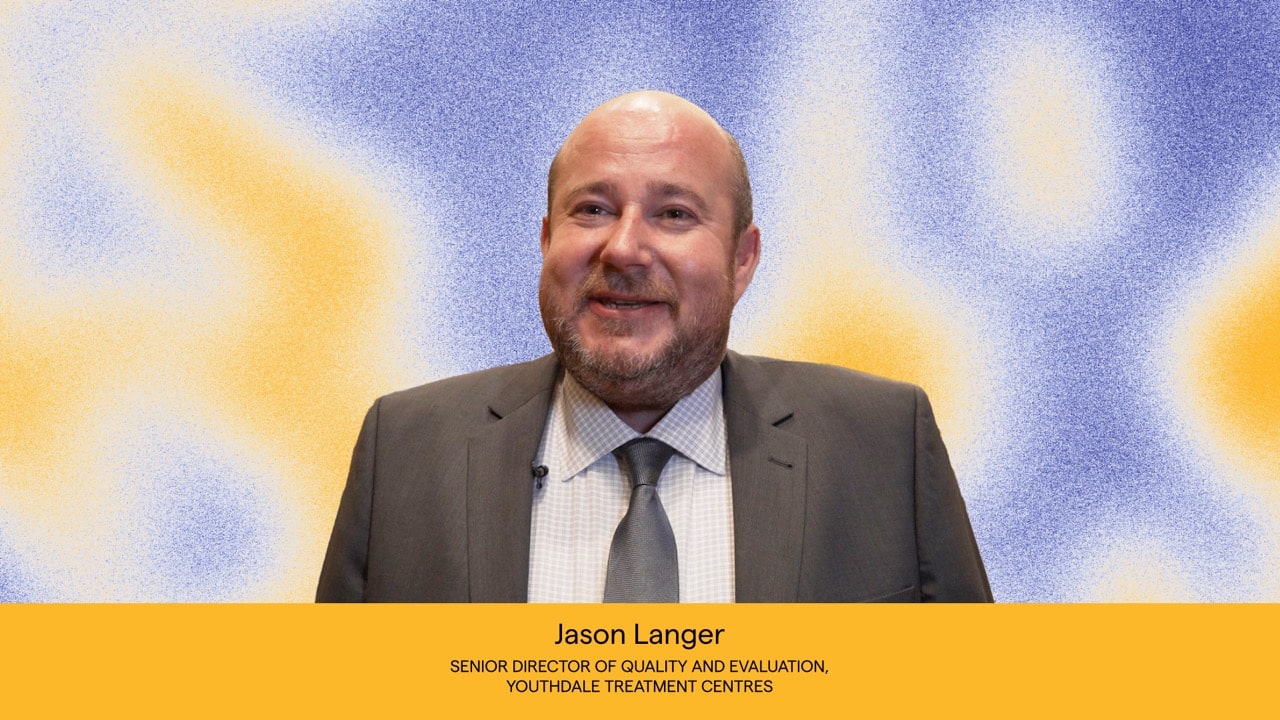
The support for Measurement Based Care (MBC) in the mental and behavioural health industry is growing rapidly, with research demonstrating its effectiveness including the significant clinical impact MBC has on services. The benefits of MBC include increased client engagement in therapy, lower drop-out rates, stronger client-therapist communication, and clients feeling more attuned to their symptoms and progress, all of which result in improved clinical outcomes. Greenspace MBC implementation experts help organizations seamlessly implement or continue to optimize MBC in their daily practice.
For many clinicians, integrating measurement tools into their practice has not been part of their clinical training, which in some cases has led to uncertainly, or at times hesitance in discussing the use of MBC with clients. This blog post will provide information about how to introduce and discuss the benefits of integrating MBC into practice with new and existing clients.
Introducing MBC to Clients
When first introducing MBC to clients it is important to provide a clear and comprehensive rational for its use, as well as the potential benefits for the client in terms of treatment outcomes. In a webinar hosted by the Maryland Community Behavioural Health Association, MBC expert Dr. Elizabeth Connors states, “If you say to them [clients] we have to collect this measure because it is required, that is not going to motivate anybody to engage in the measurement process”.
As with the use of any clinical tool or treatment in health sectors, clients need to be fully informed. This includes knowing what the treatment method is, why it is used, evidence that supports its use, and how it will assist in improving their experience and outcomes. One way to do this is by sharing information on why MBC is recommended. For example noting that although the clinical expertise of an experienced clinician is invaluable, integrating objective measures into treatment can enhance treatment by guiding the care they are providing and providing data for the client and clinician to discuss and work together to understand. This discussion can also include a demonstration of how MBC is used, and how clients themselves have access to visually see how their therapy is progressing, find areas where progress may be slow and the opportunity to think about or discuss why. In this way clients are collaborative partners in their therapeutic journey.
The Elevator Pitch
When speaking with clients about MBC, it is essential for clinicians to be confident in their explanation. Being able to share the rationale for its use with clients in a way that is accessible and understandable is key. Dr. Connors states that it is useful to have a prepared “elevator pitch” for MBC, and she shares her own:
“This is something we do with all clients, it is a really great way for us to get a sense of how things are going from your perspective every time we meet. I don’t want to be making guesses about how much progress you are making, and this gives me a very structured way to get your feedback and make sure that we don’t forget this important part of the session. It will take a couple minutes at the very beginning, and we can take a look together, and you can tell me of the scores that come up, do they match how you feel. It is a good springboard to roll into session and ensure what we are doing is right on track for you”.
Having a strong elevator pitch allows a clinician to effectively communicate the rationale for using MBC in a way that is clear, brief, and informative.
Discussing Results in Session
When integrating MBC as a regular component of therapy, it is important that clinicians feel equipped to discuss both positive and deteriorating symptom changes according to assessment results. When a clinician recognizes shifts in assessment results it is helpful to ask the client for their feedback on how things are going from their perspective. Taking into consideration the MBC assessment results, the clients subjective experience, and the clinicians clinical judgement, the clinician and client can collaboratively brainstorm possible adjustments to the treatment plan in order for the client to get back on track towards their treatment goals. It is essential to ensure that decisions regarding treatment plans are made collaboratively, as client outcomes are strongest when they play an active role in their treatment.
Wrapping Up
Integrating MBC into practice will have a meaningful and positive impact on client engagement, therapeutic alliance, and will result in improved clinical outcomes. Having a strong understanding of the benefits of MBC, being able to confidently articulate the rationale for its use and ensuring that clinicians are transparent and collaborative in discussing assessment results are all integral to the positive impact that MBC can play in the therapeutic process.
Greenspace’s makes MBC easier than ever. If you’re interested in learning more about MBC or how other organizations have used Greenspace to transform their measurement process and improve clinical outcomes, you can book a call with one our our implementation experts or send us an email anytime at info@greenspacehealth.com











